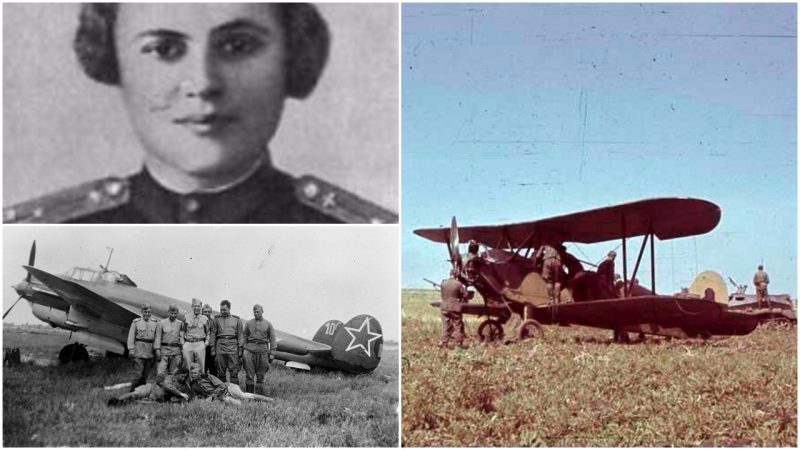The Soviet Union was the first of all countries to allow women to fly combat missions during WWII. Known as the “Night Witches”, these ladies flew planes, dropped bombs and return-fired when it was delivered during the air combats.
The employment of female units on the Soviet side followed after heavy losses of manpower on several fronts, hence some female enforcements were not a bad idea after all.
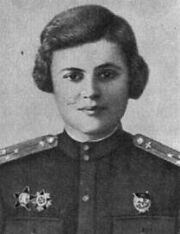
The “Night Witches” was the nickname of the female military aviators of the 588th Night Bomber Regiment of the Soviet Air Forces. The regiment was operating from 1942 until the end of WWII, after Soviet Premier Joseph Stalin issued orders on October 8, 1941, to deploy three women’s air force units. Of all three, the 588th was the most exceptional one, formed by Colonel Marina Raskova, and led by Major Yevdokia Bershanskaya. The unit was entirely composed of women, the oldest of whom were in their early twenties. In Russian, they called them the Ночные ведьмы, Nochnye Vedmy. But why were they so appraised and considered exceptional out of all three units?
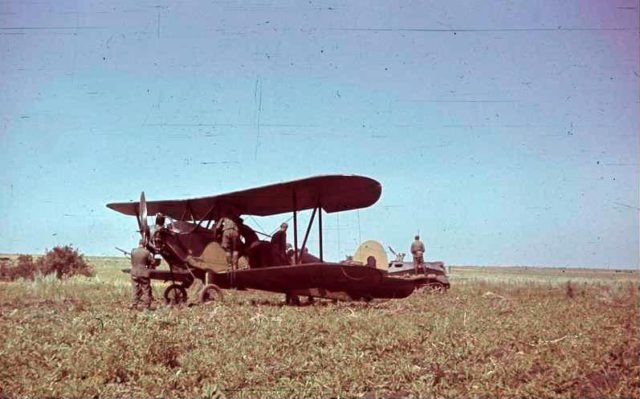
The women aviators of the 588th regiment had to operate with Polikaprov Po-2 biplanes. It is a 1928 design, which was mostly used for aircraft training and for crop dusting.
The aircraft model is one of the most produced biplanes in aviation history, but it came with several challenges: it was able to carry only six bombs at a time, thus 8 or more missions per night were most often required by the aviators.
Despite the limited capacities of the Po-2 biplanes, being too obsolete and slow, the women perfected harassment bombing and precision bombing missions against the Germany military.
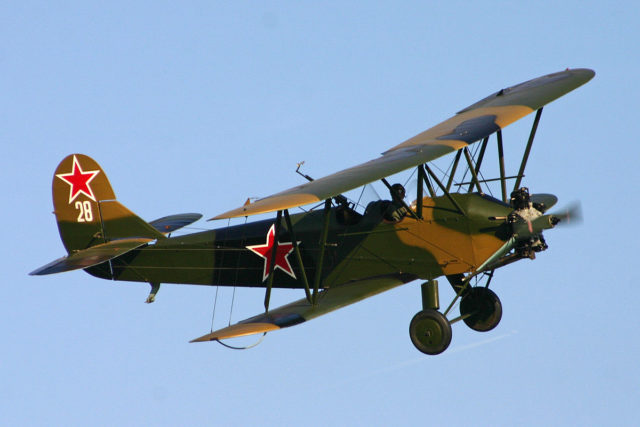
They courageously used the plane’s exceptional maneuverability. At a maximum speed of the Po-2 biplane, they achieved the best advantage over both German Bf 109 and Focke-Wulf 190 aircraft, though the maximum biplane speed was lower than the stall speed of the German crafts. This caused a headache among German pilots who found it very difficult to shoot down.
When the women were about to bomb, they would slow the engine of the Po-2 aircraft and glide the craft to reach the bomb release point. Such a move would leave only wind noise to reveal their location. Supposedly, it was the German soldiers who associated the sound to broomsticks, hence they began to refer to the pilots as Nachthexen, German for “Night Witches”.
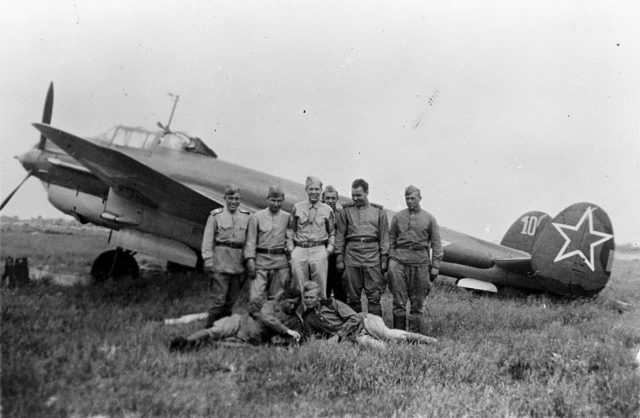
The Witches were also unable to wear parachutes on account of the weight of the bombs and the really low altitude of flights. Despite these challenges, they astoundingly performed the night operations with great courage and were honored with a reorganization into the 46th Guards Night Bomber Aviation Regiment in February 1943.
During that same year, they successfully participated in the celebrated battles at the Caucasus, on the Eastern Front of WWII and became the 46th “Taman” Guards Night Bomber Aviation Regiment in October.
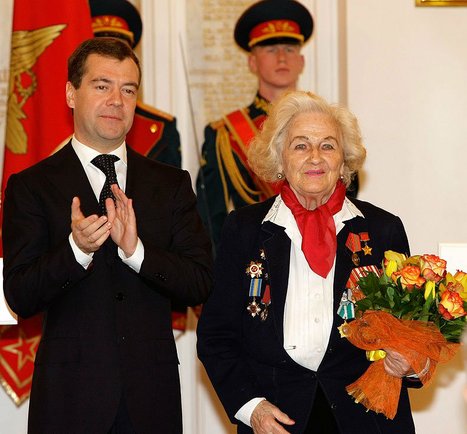
The other two regiments of the Soviet Air Force failed to recruit women exclusively, such as in the 588th regiment; some male mechanics were required to join the teams due to a lack of women who had received appropriate training to work on the planes before the war. For example, the 587th regiment used Petlakov P-2 dive bombers, and these planes required a tall person to operate the top rear machine gun. Not enough of the recruited women were tall enough either, thus men were a necessity to join missions.
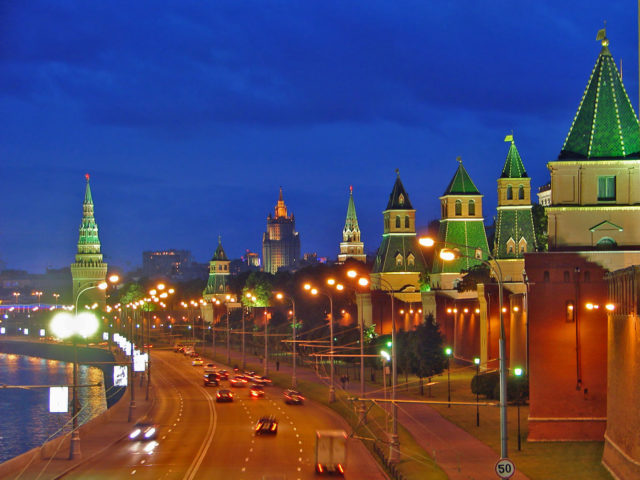
At its largest, the Night Witches included a personnel of forty-two. It became the most celebrated of all the women units in the Soviet Air Force, with each pilot having flown over 800 missions by 1945.
Thirty members of the crew lost their lives during combat and twenty-three claimed the eminent Hero of the Soviet Union title, the highest of all distinctions in the Soviet Union, for heroic deeds in service to the Soviet state and community.
